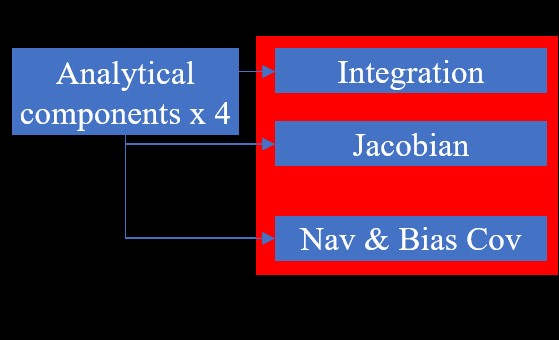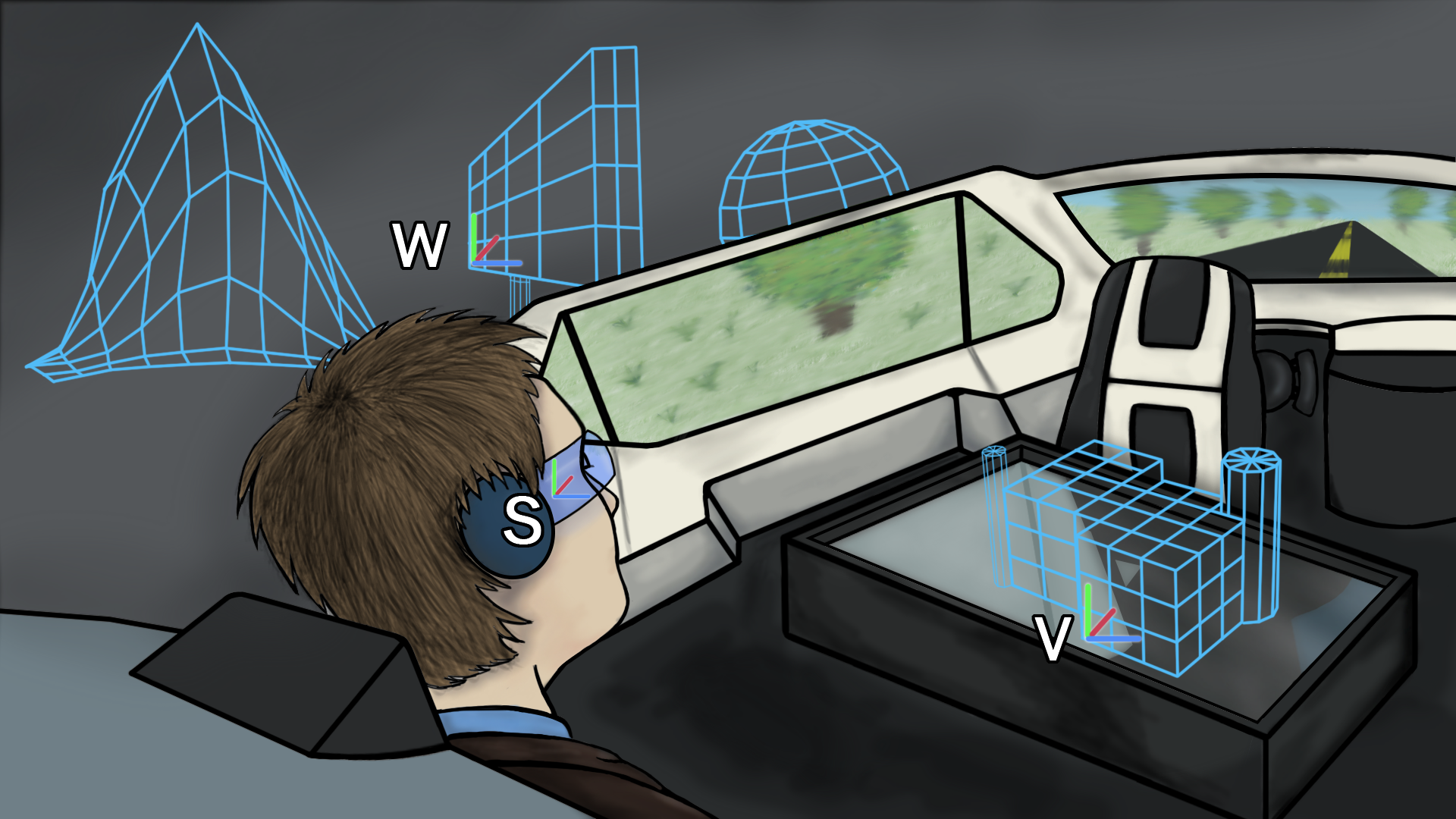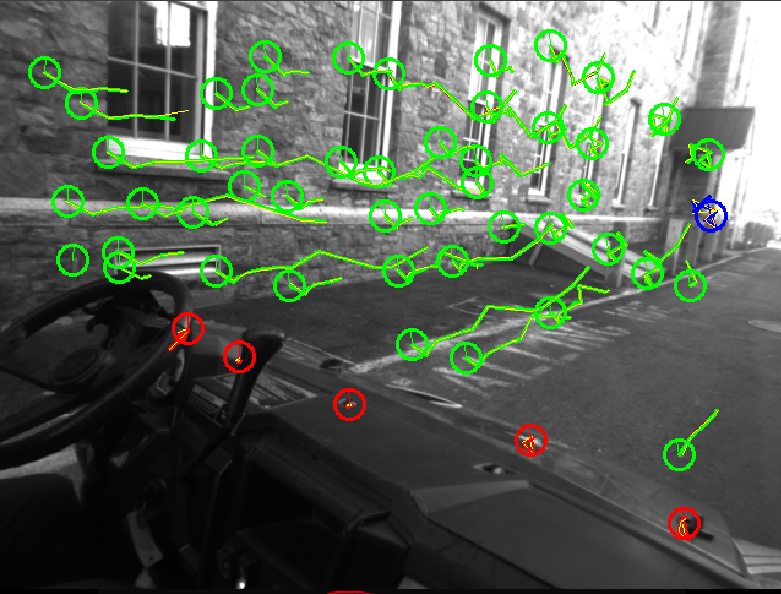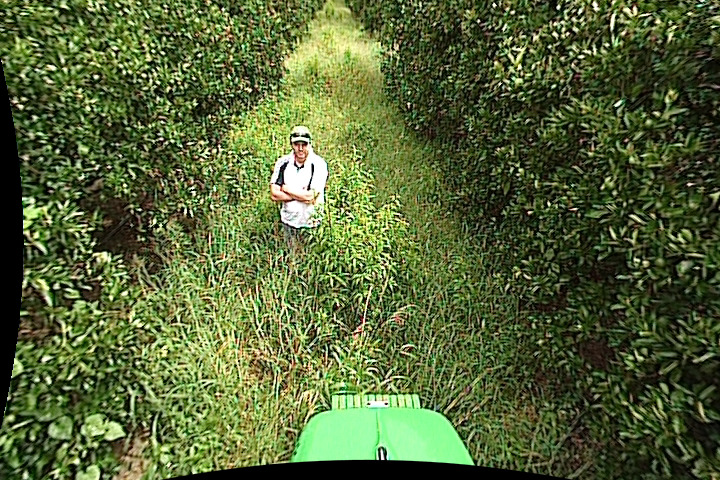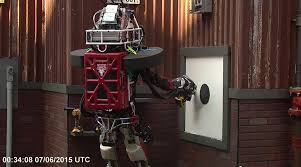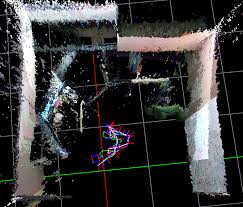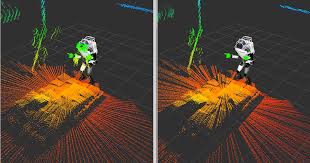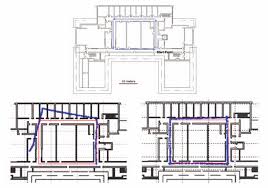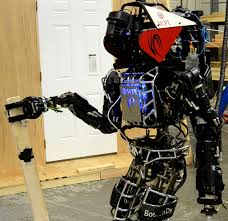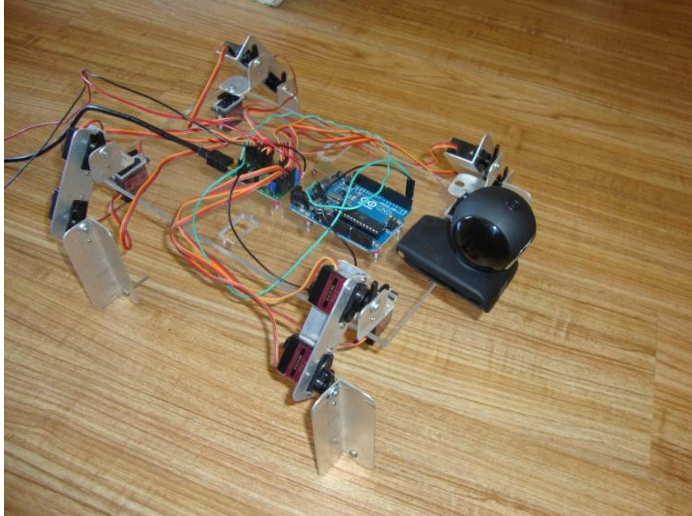@article{dedonatojfr2017,
author = {DeDonato, Mathew and Polido, Felipe and Knoedler, Kevin and Babu, Benzun P. W. and Banerjee, Nandan and Bove, Christoper P. and Cui, Xiongyi and Du, Ruixiang and Franklin, Perry and Graff, Joshua P. and He, Peng and Jaeger, Aaron and Li, Lening and Berenson, Dmitry and Gennert, Michael A. and Feng, Siyuan and Liu, Chenggang and Xinjilefu, X and Kim, Joohyung and Atkeson, Christopher G. and Long, Xianchao and Padır, Taşkın},
title = {Team WPI-CMU: Achieving Reliable Humanoid Behavior in the DARPA Robotics Challenge},
journal = {Journal of Field Robotics},
volume = {34},
number = {2},
pages = {381-399},
doi = {10.1002/rob.21685},
year = {2017}
}

